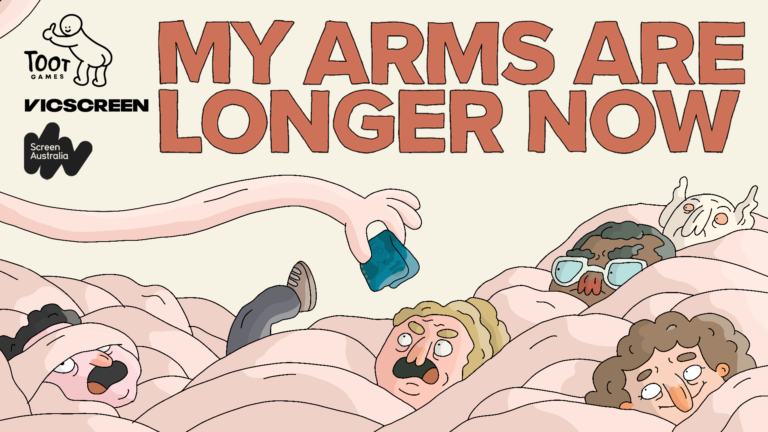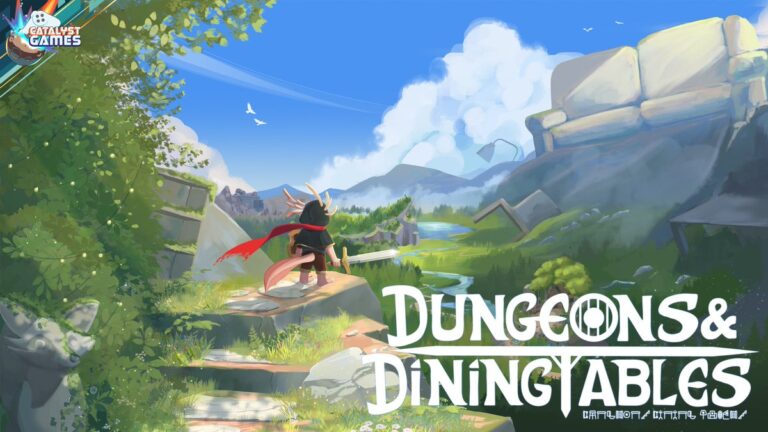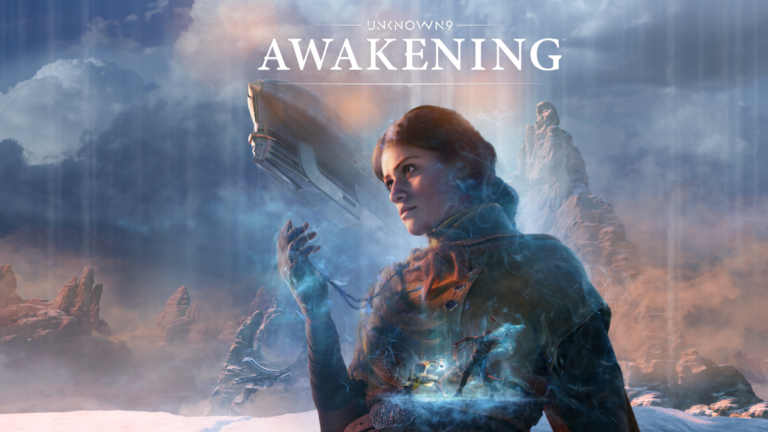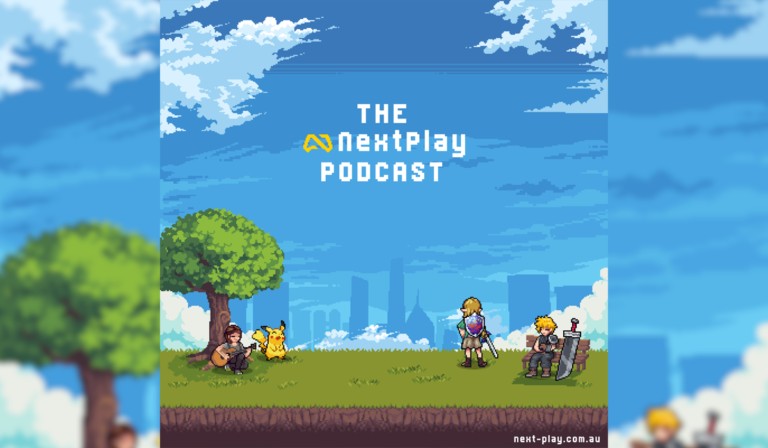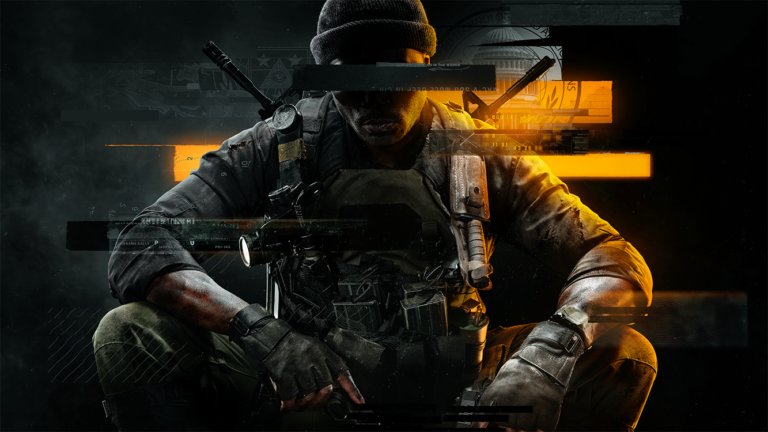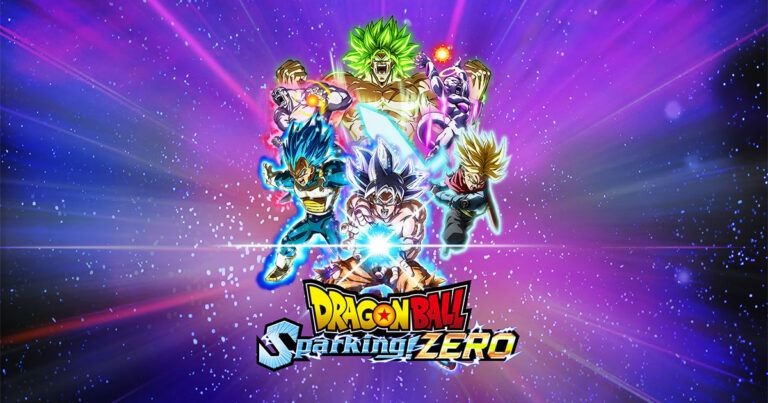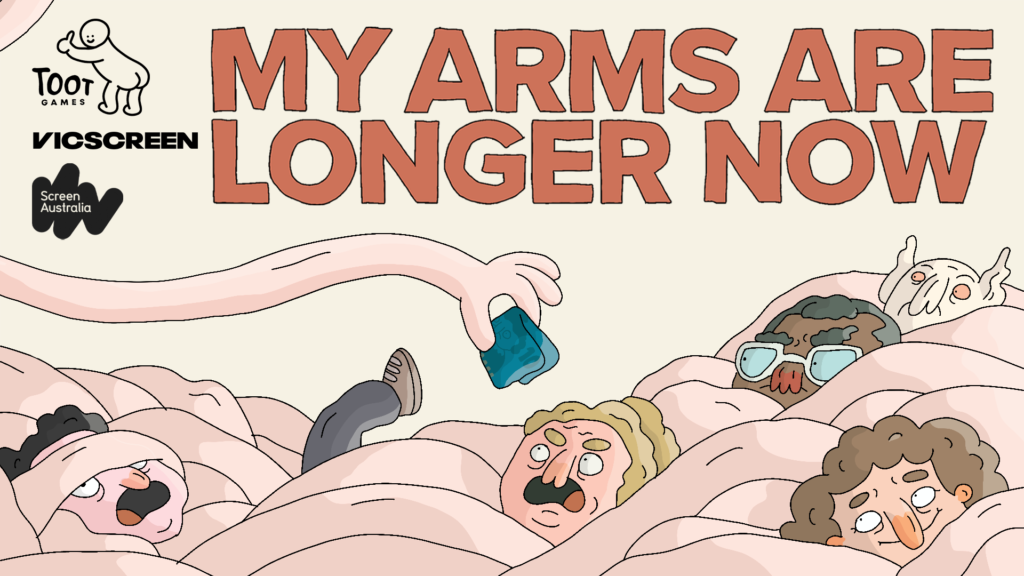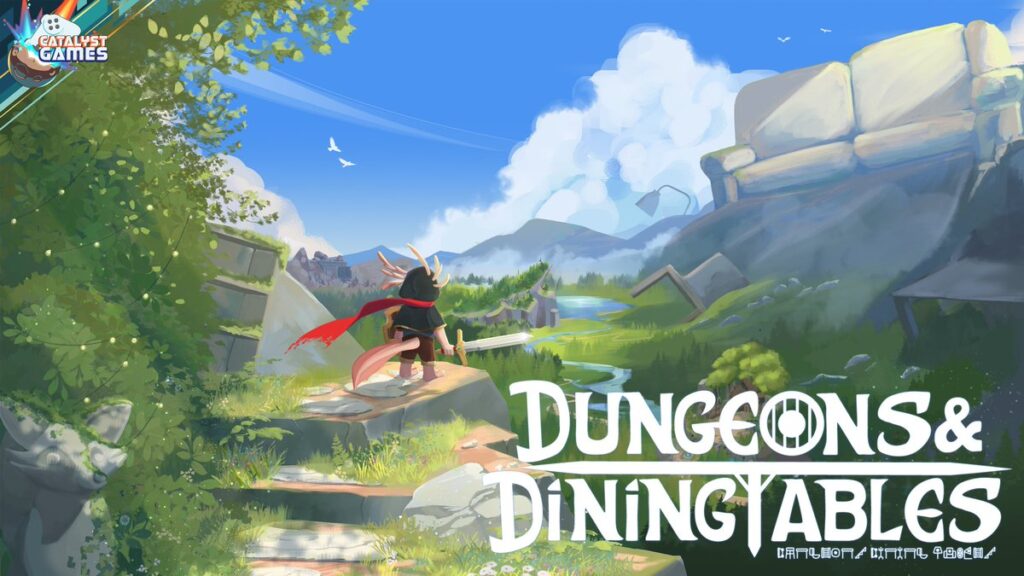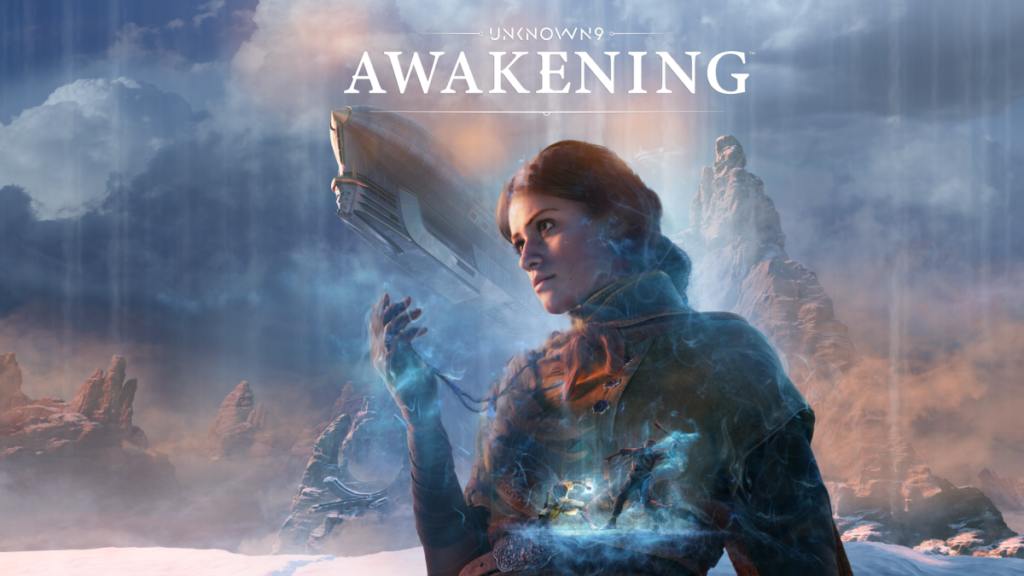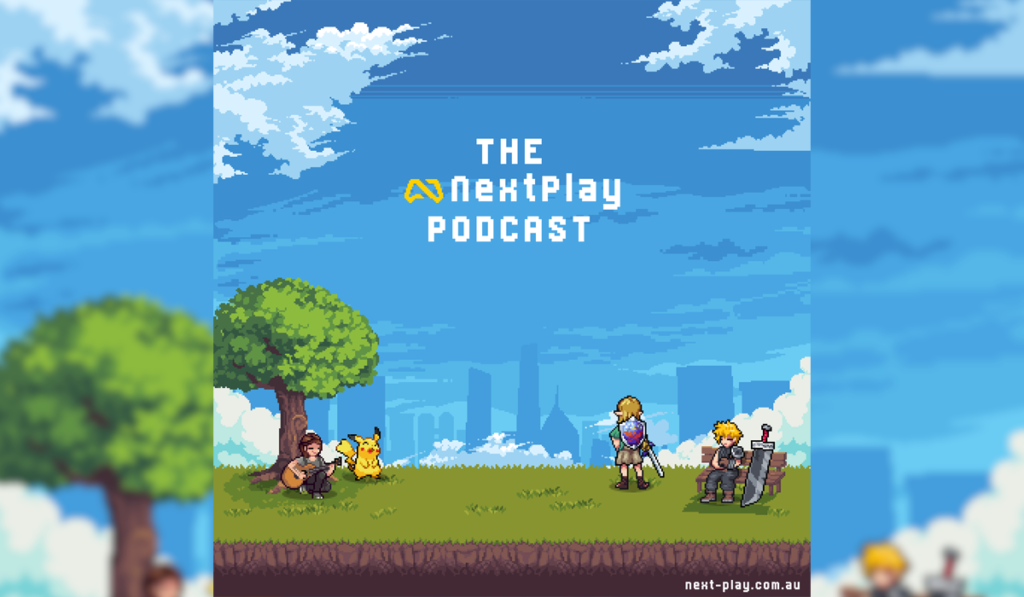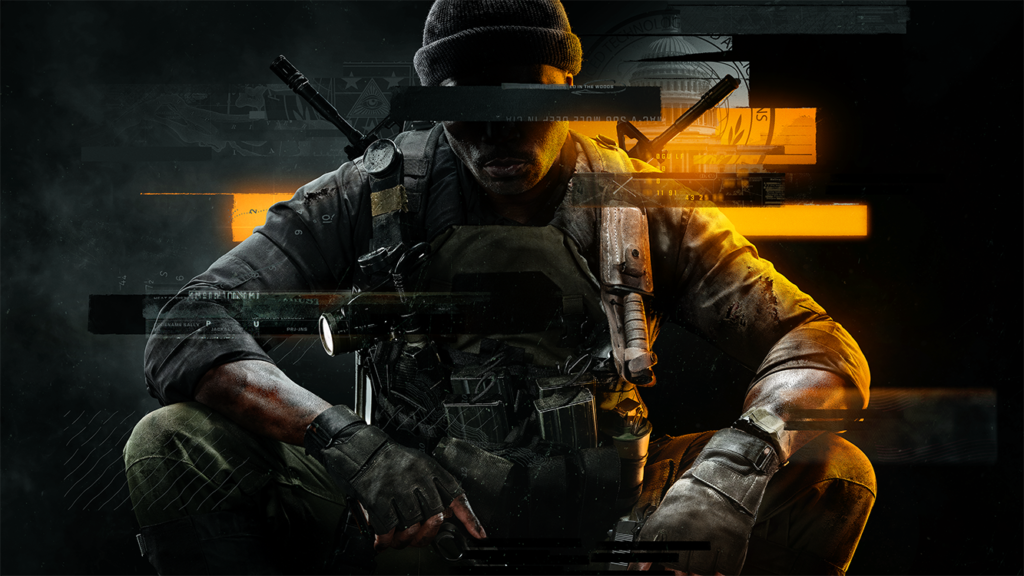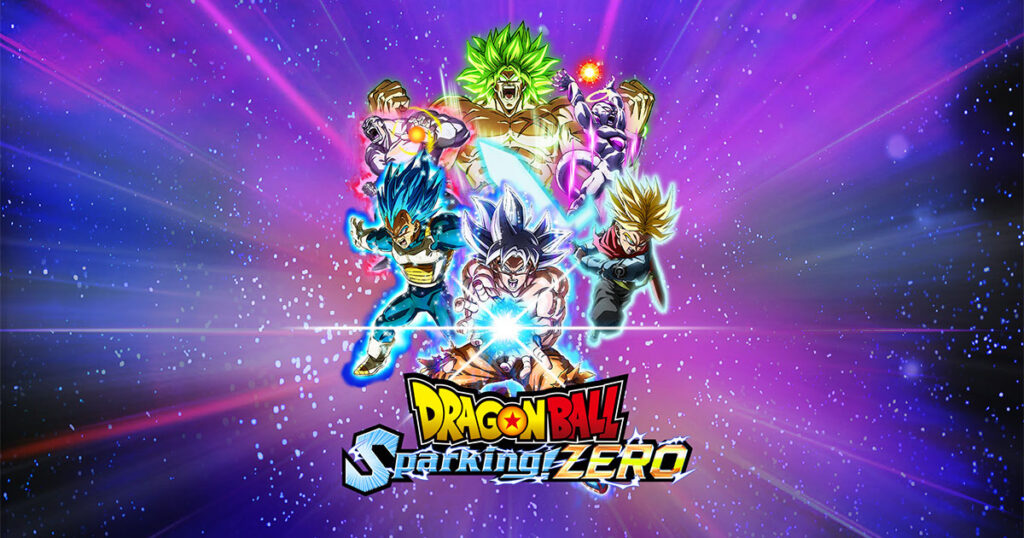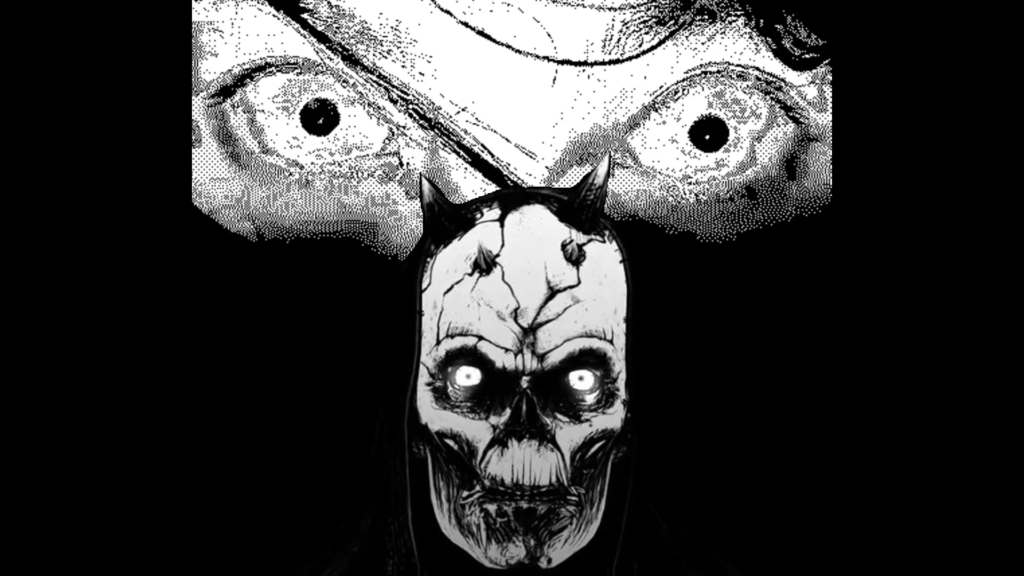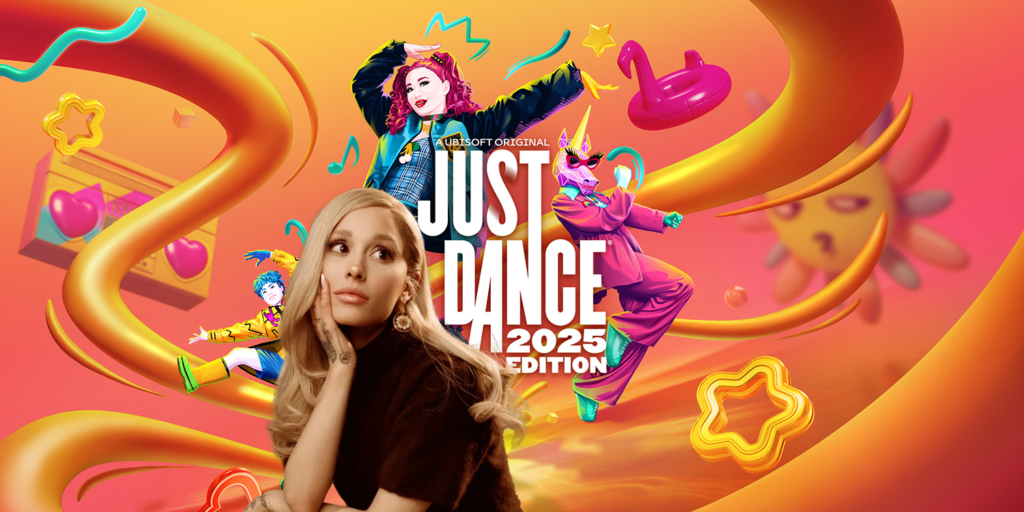It’s been four years since Final Fantasy VII received its critically acclaimed remake, aptly titled Final Fantasy VII Remake. Having only divulged into the FFVII lore via Advent Children and Kingdom Hearts, Remake had scratched that itch, having previously fallen in love with the franchise’s icons Cloud and Sephiroth. The second title in Square Enix’s legendary trilogy, Final Fantasy VII Rebirth, is out now, and it is remarkably brilliant, offering an engrossing story from start to finish while taking the time to flesh out each character’s backstories.
THIS REVIEW MAY CONTAIN SPOILERS FROM FINAL FANTASY VII REMAKE AND CRISIS CORE -FINAL FANTASY VII- REUNION.

Final Fantasy VII Rebirth picks up right where Final Fantasy VII Remake left off. Cloud and his companions find themselves in Kalm, where Cloud shares his history with Sephiroth, particularly the events in Nibelheim (Cloud and Tifa’s hometown). However, their peace is short-lived as Shinra forces launch a raid on Kalm, forcing the group to flee. They decide to track down the ‘black robes’ (former Shinra test subjects), who they believe are converging on Sephiroth’s location.
Do you need to play Final Fantasy VII Remake to understand Rebirth? Yes. While you can grasp the gist of what’s going on in Rebirth, the game is a sequel that regularly references the first game. I would even recommend playing through 2022’s Crisis Core -Final Fantasy VII- Reunion as a way to fully comprehend the story. If you want to give in to the hype and jump straight into Rebirth, a story recap is available in the title menu for your convenience.
The 40-50 hour story had me completely engrossed the whole way through. There was little bloat to the story. Every interaction inside the main narrative lended a hand to certain character arcs or plotlines in some way. In Remake, I almost felt a barrier that wasn’t allowing me to gain a connection with Cloud or the members of Avalanche. But by the end of Rebirth, my connection with Cloud and the party felt more personal and meaningful. I was moved. It felt like I was there with them the whole way. The reason why this is, I think, is because each character in your party has a main questline where you are locked to control that character. These questlines are imperative to the story and gives you more backstory of these important characters. Each character has a purpose in Cloud’s story, and Rebirth explores that well.
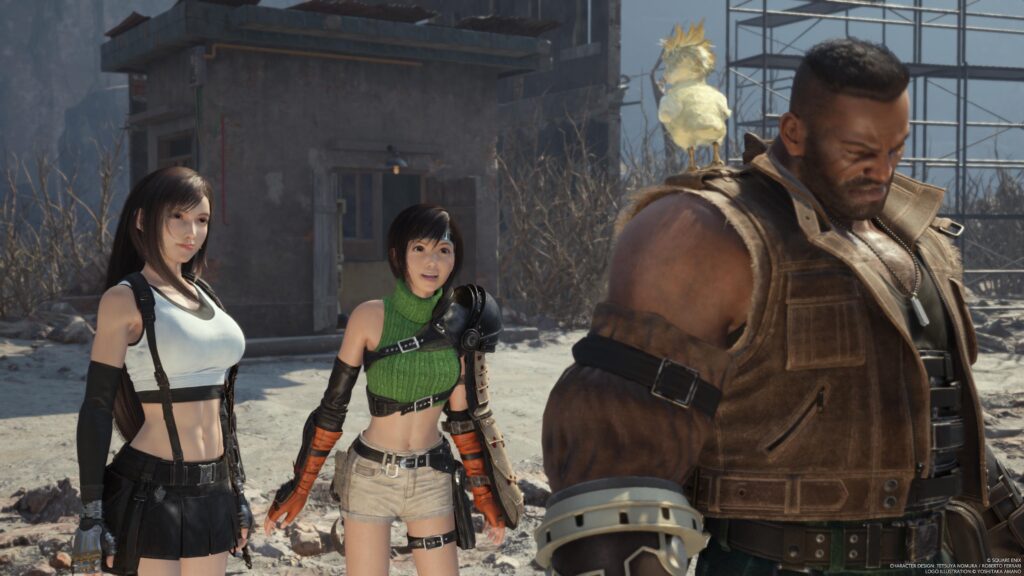
Cloud, Tifa, Barrett, and Aerith are joined as playable characters by Yuffie Kisaragi, Red XIII, and the famously fun-loving cat Cait Sith. These three additional characters bring so much more pizazz to the game. The dynamic between the seven characters is remarkable. They all have different personalities that sometimes conflict, but you are bound to have a favourite. Throughout most of Rebirth, you are able to freely select your party of three for battles. This does lock in certain chapters of the game, which can make you feel out of your comfort zone when it’s a character you don’t regularly use in combat.
If you frothed the hybrid turn-based and real-time combat of Remake like I did, have no fear. It has returned in identical form. Apart from the extra playable characters, there is virtually no difference between the combat in the two games. Characters who are not in the main party can be found assisting in battle outside of the combat area rather than fading away, like in most RPGs. If you are struggling in a fight, a command pops up that allows you to use a synergy ability with a party member outside of the battle. These added details are brilliant and helped the experience consistently feel like an immersive one.
Final Fantasy titles are famous for their boss fights. Just last year, Final Fantasy XVI was brimming with boss battles, and while Rebirth’s boss battles are nowhere near as cinematic as XVI’s, it was a welcome reprieve from the thirty-minute spectacles in that game. The bosses in Rebirth can be approached in several ways, thanks to the newest party members. I often found myself needing to re-jig my party and the materia they were equipped with to get through the toughest of the bosses.

The linearity found in Remake has taken a much-needed vacation, with seven new regions to explore in this beautiful but dangerous open world. Each region is vastly different, with varying terrain to navigate and fiends to slaughter. The resort city of Costa del Sol, the Gold Saucer amusement park, and Zack Fair’s hometown of Gongaga are just some of the vibrant landscapes you will be exploring. Every city or town you visit has a unique story to tell. While the main questlines don’t go into a whole lot of detail into the history of these cities and towns, by the time you have completed everything, you can grasp why the residents act the way they do and what the town has been through.
Chocobos are, of course, the main mode of transportation in each region. Each region has a variant of Chocobo that has different skill sets. For instance, the Chocobo in Junon is able to scale cliff faces, and the Chocobo in Gongaga can bounce off mushrooms that will send you flying across the region. The real stars of the show, though, are the baby Chocobo, which, once followed, will lead you to a damaged Chocobo Stop (think Ghost of Tsushima’s foxes). Once the Chocobo Stop is back up and running (by the click of a button), you receive a Golden Plume as well as the ability to fast travel and rest there. The Golden Plumes act as currency at Chocobo ranches, where you can purchase various Chocobo gear or outfits for that region’s Chocobo. Fast travel points are placed generously across the map if you don’t feel like endless traversal between quest markers or intel points.
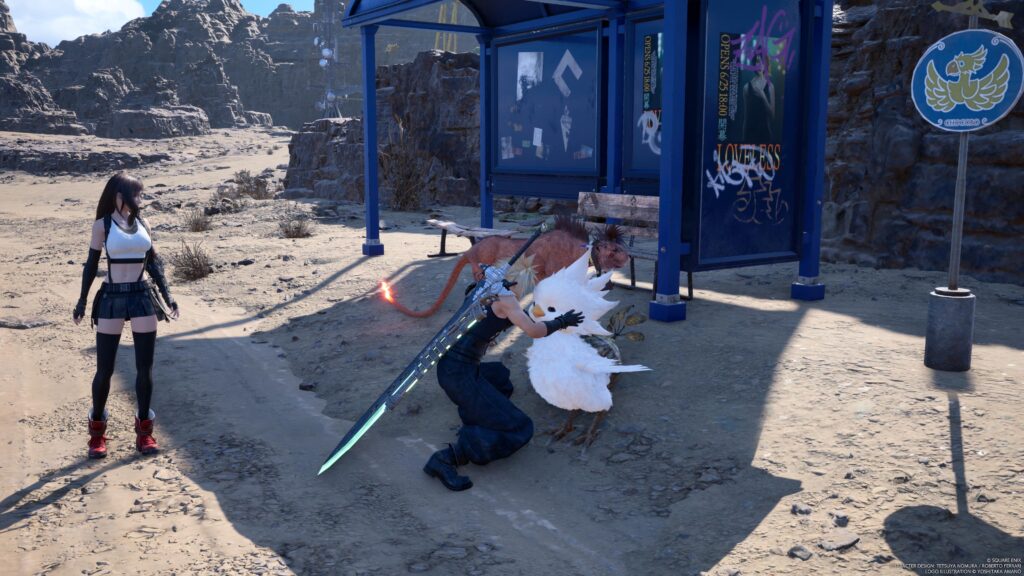
RELATED: Final Fantasy XVI The Rising Tide DLC Has A New Trailer And Comes Out Next Month
An open world comes with the many tropes often associated with an open-world game. Many mechanics found in games such as Horizon Forbidden West and Ghost of Tsushima are found in some form in Rebirth. Towers are scattered across each region, which marks different World Intel points on your map once activated. Lifesprings provide more lore about the land you’re exploring, which can be found by following an owl. Combat assignments put you up against a variety of enemies and give you specific tasks to complete during the fight. There is much more Intel to discover, adding at least an extra 30-40 hours to the game. It rarely feels tedious uncovering the Intel for Chadley. Rewards can be unlocked in the form of powerful materia and new summons, which really incentivises exploration.
If you aren’t gathering Intel, you are completing side quests for the locals of each region. There are a total of 36 side quests in the game. In Final Fantasy XVI, I struggled with the side quests Clive was given. They were uninspired and mostly fetch quests. Rebirth, however, pivots and provides some engaging side quests. They aren’t all going to blow you out of the water, but they are exciting enough to see through.
In addition to levelling your party members, Final Fantasy VII Rebirth introduces a Party Level stat. The Party Level is a collection of all the EXP you have accumulated throughout the journey. You can earn EXP for your Party Level by doing main quests and side quests as well as assisting Chadley with his World Intel research. Every time you level up your Party Level, you unlock additional synergy skills, stat improvements, and more, which you can buy with your hard-earned SP (skill points).
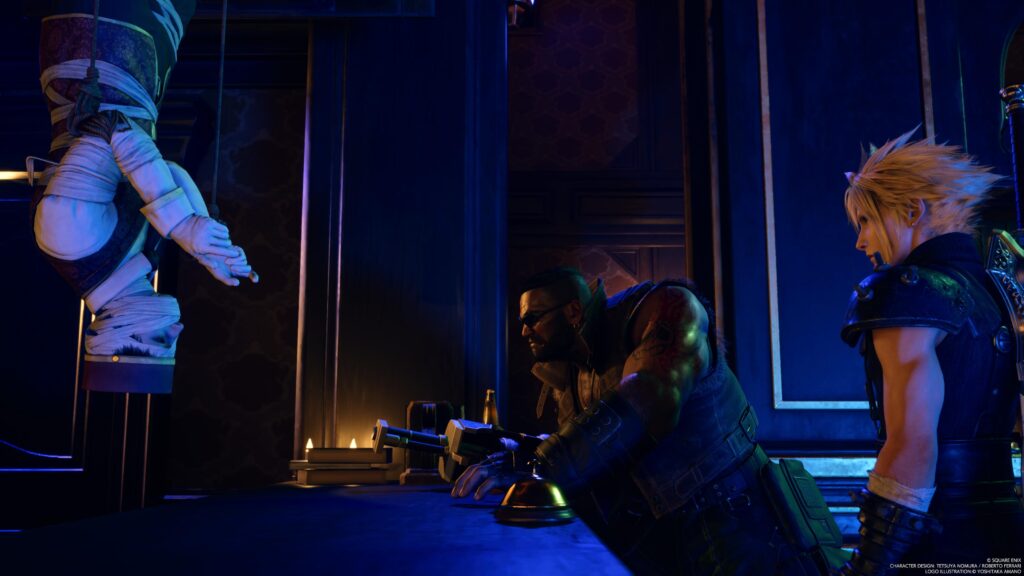
Mini-games are plentiful, with almost 20 throughout the game. I found the mini-games to be a welcome reprieve from what can be a heavy, convoluted story. Not all of the mini-games hit the mark, but they are, for the most part, still entertaining. Obtaining a high score for these mini-games rewards you with rare equipment that can’t be obtained anywhere else. Most of these games aren’t part of the storyline, but there are a handful that will need to be played to advance the story.
Queen’s Blood is the main mini-game found in every region of the game, even being part of the main storyline at one point. It is an extremely addictive 1-on-1 strategy card game that you are first introduced to early in the game. Each player has a deck of 15 cards with varying abilities and power values. The board has three rows of five squares, which make up the playing field. The goal is to win each row so that you can accumulate the points your cards have totalled in that row. If you stack points onto a row but your opponent has more than you, you forfeit the points in that row. At the end of the game when no one can place any more cards, the player that has garnered the most points wins.
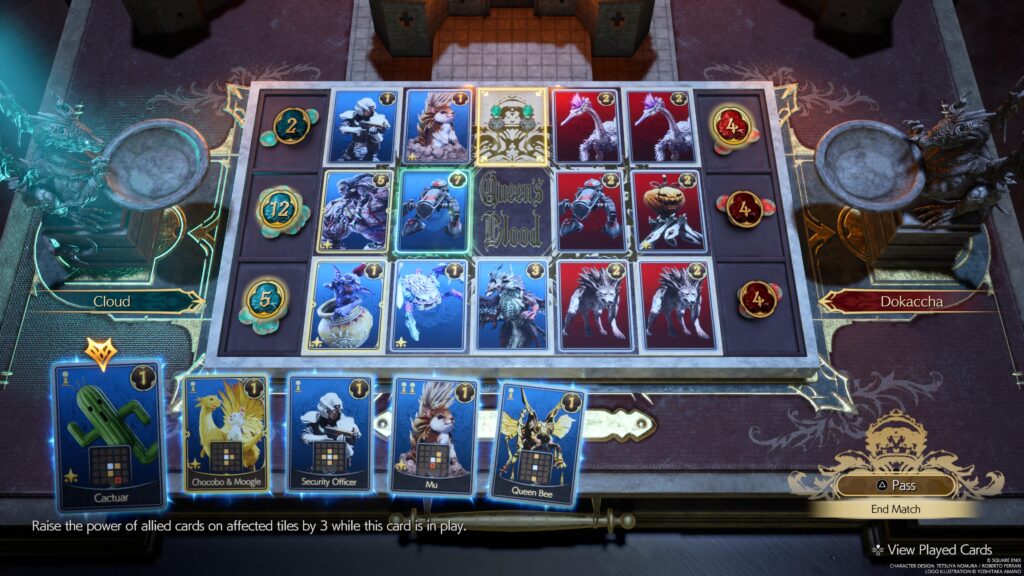
This strategy card game had me in a chokehold from the beginning. I can see it rivalling the likes of The Witcher 3: Wild Hunt’s Gwent. There is so much depth to Queen’s Blood, it truly is a standout and one of the key mechanics Rebirth is going to be remembered for. I don’t know if Square Enix knew how addictive Queen’s Blood was going to be. Friends I have spoken to about the game have only given it high praise, and they want more. I would be truly shocked if we didn’t get a stand-alone mobile game in the next year or two.
The soundtrack is quintessentially Final Fantasy, with powerful music that perfectly accompanies the various tones of the story. There is never a fault in the soundtrack, from the lighthearted, upbeat music during Chocobo riding to the menacing and piercing sounds when Sephiroth is on the screen.
Final Fantasy VII Remake was well received but sparked some controversy among loyal FFVII fans. Some called this remake trilogy a money grab, and others wondered why we needed a remake when the original games were still playable. I think Rebirth will help squash this stigma and tide fans over. Characters are more fleshed out than ever before, and while there may be some minor changes from the original game, it looks to be for the better.
FINAL FANTASY VII REBIRTH REVIEW
Square Enix transcends the Final Fantasy VII trilogy to new heights, providing a deeply captivating story and robust combat mechanics. These qualities, paired with entertaining main and side content, cements Final Fantasy VII Rebirth as one of the best RPGs of all time.
PROS
- One of the best RPGs of our generation
- The story really takes the time to flesh out the characters
- There’s up to 100-120 hours of content
- The soundtrack slaps hard
CONS
- Some minor performance issues but nothing to be worried about




